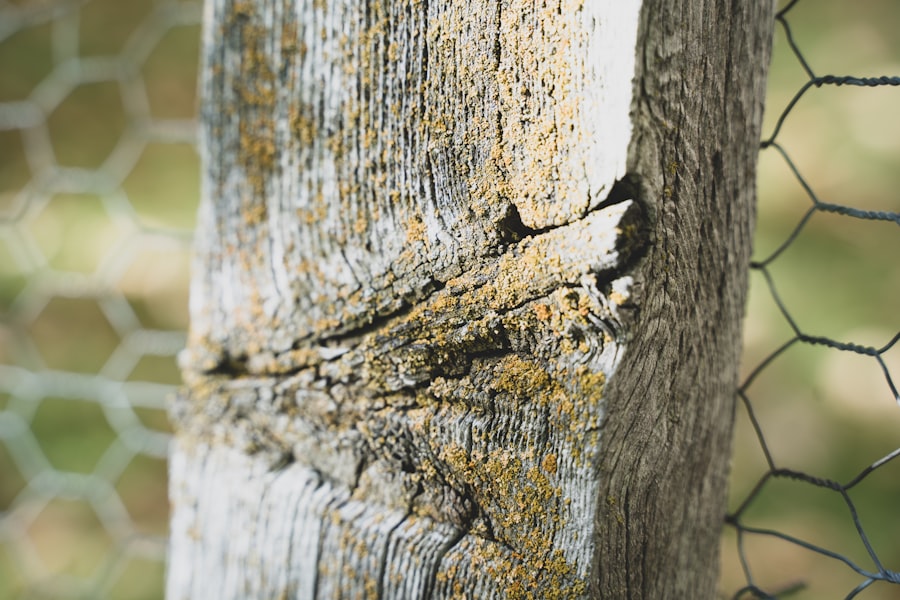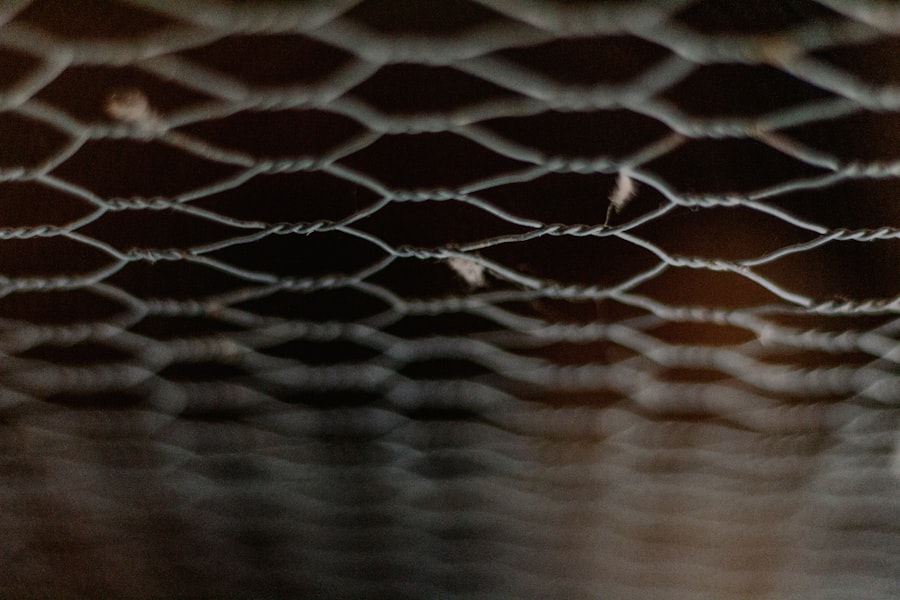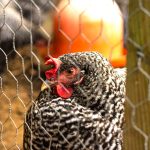Chickens, while popular as backyard pets, can cause significant damage to flower beds. Their innate scratching and foraging behaviors often result in the destruction of carefully cultivated gardens. These actions can lead to trampled flowers and uprooted plants, causing considerable frustration for gardeners and homeowners invested in their outdoor spaces.
The intrusion of chickens into flower beds not only compromises the visual appeal of the garden but also threatens the health and development of the plants. Implementing effective strategies to prevent chickens from accessing flower beds is crucial for maintaining a healthy, attractive garden while simultaneously ensuring the chickens’ welfare.
Table of Contents
- 1 Creating physical barriers: Using fences, chicken wire, or other materials to keep chickens out of flower beds
- 2 Using natural deterrents: Planting certain flowers or herbs that repel chickens, such as marigolds or lavender
- 3 Implementing scare tactics: Using visual or auditory deterrents to keep chickens away from flower beds, such as scarecrows or noise-making devices
- 4 Providing alternative areas for chickens to roam: Designating a specific area of the yard for chickens to explore and forage, away from the flower beds
- 5 Training and supervision: Teaching chickens to stay away from flower beds through positive reinforcement and monitoring their behavior
- 6 Collaboration with neighbors: Communicating with neighbors who own chickens to work together in keeping them out of flower beds and shared garden spaces
- 7 FAQs
- 7.1 What are some effective ways to keep chickens out of flower beds?
- 7.2 Are there any plants that can help keep chickens out of flower beds?
- 7.3 Is it safe to use chicken wire or other physical barriers to keep chickens out of flower beds?
- 7.4 How can I train my chickens to stay out of the flower beds?
- 7.5 Are there any potential risks to using natural deterrents to keep chickens out of flower beds?
Key Takeaways
- Chickens can cause damage to flower beds by foraging and scratching
- Physical barriers like fences and chicken wire can keep chickens out of flower beds
- Certain flowers and herbs like marigolds and lavender can repel chickens
- Scare tactics like scarecrows and noise-making devices can deter chickens from flower beds
- Designating a specific area for chickens to roam can keep them away from flower beds
Creating physical barriers: Using fences, chicken wire, or other materials to keep chickens out of flower beds
Physical Barriers: A Simple yet Effective Solution
One of the most straightforward and effective ways to prevent chickens from entering flower beds is by creating physical barriers. This can be achieved by installing fences around the perimeter of the flower beds or using chicken wire to enclose the area. Fences can be made from a variety of materials, such as wood, metal, or plastic, and can be customized to suit the aesthetic of the garden.
Additional Deterrents: Rocks and Decorative Edging
Chicken wire, with its small gaps, is an excellent option for keeping chickens out while still allowing sunlight and water to reach the plants. Additionally, using rocks or decorative edging around the flower beds can act as a deterrent for chickens, as they are less likely to attempt to cross these barriers. By implementing physical barriers, gardeners can effectively protect their flower beds from the destructive behavior of chickens while maintaining the visual appeal of their outdoor space.
Targeted Protection: Cloches and Row Covers
Another method of creating physical barriers is by using cloches or row covers to protect individual plants within the flower beds. These protective coverings can be made from materials such as plastic, glass, or fabric and are placed directly over the plants to shield them from the chickens’ pecking and scratching. Cloches and row covers not only serve as a barrier against chickens but also provide additional protection from adverse weather conditions and pests. This approach allows gardeners to safeguard their delicate flowers and plants without having to enclose the entire flower bed, providing a targeted solution for protecting specific areas within the garden.
Using natural deterrents: Planting certain flowers or herbs that repel chickens, such as marigolds or lavender

In addition to physical barriers, natural deterrents can be used to discourage chickens from entering flower beds. Certain flowers and herbs are known for their ability to repel chickens due to their strong scents or unpalatable taste. Marigolds, for example, emit a pungent odor that is unpleasant to chickens, making them less likely to venture into areas where these flowers are planted.
Lavender is another plant that chickens tend to avoid, as its aromatic fragrance acts as a natural deterrent. By strategically incorporating these and other repellent plants into the garden, gardeners can create a natural barrier that discourages chickens from entering flower beds without relying on physical structures. Furthermore, incorporating plants with prickly or thorny foliage, such as roses or barberry bushes, can also help deter chickens from venturing into flower beds.
The sharp thorns and spines of these plants make them unappealing for chickens to peck at or scratch around, effectively protecting the surrounding flowers and plants. Additionally, planting dense ground covers or low-growing shrubs can create an obstacle for chickens, making it more difficult for them to access the flower beds. By leveraging the natural aversion of chickens to certain plants and utilizing their instincts to guide their behavior, gardeners can effectively protect their flower beds while enhancing the diversity and beauty of their garden.
Implementing scare tactics: Using visual or auditory deterrents to keep chickens away from flower beds, such as scarecrows or noise-making devices
Scare tactics can be an effective means of deterring chickens from entering flower beds by creating an environment that is perceived as threatening or uncomfortable for them. Visual deterrents, such as scarecrows or reflective objects, can startle chickens and discourage them from approaching the flower beds. Scarecrows can be placed strategically around the garden to mimic a human presence and deter chickens from venturing too close.
Reflective objects, such as CDs or metallic tape, can create flashes of light and movement that unsettle chickens and dissuade them from entering specific areas of the garden. In addition to visual deterrents, auditory deterrents can also be used to discourage chickens from entering flower beds. Noise-making devices, such as wind chimes or motion-activated alarms, can startle chickens with sudden sounds, prompting them to avoid the area altogether.
These auditory deterrents disrupt the peace and quiet that chickens seek while foraging, making the flower beds less appealing for them to explore. By implementing scare tactics that leverage both visual and auditory stimuli, gardeners can effectively deter chickens from damaging their flower beds while minimizing harm to the chickens themselves.
Providing alternative areas for chickens to roam: Designating a specific area of the yard for chickens to explore and forage, away from the flower beds
One proactive approach to preventing chickens from entering flower beds is by providing them with alternative areas to roam and forage within the yard. By designating a specific space for chickens to explore, such as a fenced-in chicken run or a designated foraging area, gardeners can redirect their natural behavior away from the flower beds. This not only protects the flower beds from potential damage but also promotes the well-being of the chickens by providing them with a safe and enriching environment to satisfy their natural instincts.
Furthermore, incorporating features such as dust baths, perches, and shelters within the designated chicken area can encourage chickens to spend more time in that space rather than venturing into the flower beds. Dust baths are essential for chickens’ hygiene and comfort, and providing a dedicated area for this activity can help keep them occupied and content. Additionally, offering ample space for chickens to roam and explore within their designated area can reduce their inclination to seek out other areas of the yard, including flower beds.
By creating a designated space tailored to meet the needs of the chickens, gardeners can effectively minimize their impact on flower beds while promoting their overall welfare.
Training and supervision: Teaching chickens to stay away from flower beds through positive reinforcement and monitoring their behavior

Positive Reinforcement Techniques
Positive reinforcement techniques play a vital role in managing the behavior of chickens and preventing them from entering flower beds. By rewarding desirable behavior with treats or praise, gardeners can teach chickens to associate staying away from flower beds with positive outcomes. For instance, when chickens choose to explore areas outside of the flower beds, they can be rewarded with treats or access to enriching activities within their designated space.
Regular Supervision and Intervention
Regular supervision of the chickens’ behavior in the yard allows gardeners to intervene promptly if they show signs of approaching the flower beds. By monitoring their movements and redirecting them away from sensitive areas, gardeners can reinforce boundaries and expectations for where the chickens are allowed to roam.
Fostering a Deeper Understanding
This hands-on approach not only helps prevent damage to flower beds but also fosters a deeper understanding of the chickens’ behavior and needs. Through consistent training and attentive supervision, gardeners can effectively guide the behavior of their chickens and cultivate a harmonious coexistence with their garden.
In cases where neighboring properties are home to chickens as well, collaboration with neighbors is essential in addressing the issue of chickens entering flower beds. Open communication with neighbors who own chickens allows for a collective effort in establishing boundaries and guidelines for keeping the chickens out of shared garden spaces. By discussing concerns and potential solutions together, neighbors can work towards implementing consistent measures that benefit both their gardens and the well-being of the chickens.
Collaborative strategies may include coordinating designated areas for chickens to roam across neighboring properties or sharing resources for implementing deterrents that discourage chickens from entering flower beds. By aligning efforts with neighbors who also have a vested interest in maintaining their gardens, gardeners can foster a sense of community and cooperation while addressing common challenges related to chicken behavior. This collaborative approach not only promotes mutual understanding and support among neighbors but also contributes to creating a harmonious environment for both humans and animals within the neighborhood.
In conclusion, addressing the issue of chickens getting into flower beds requires a multifaceted approach that combines physical barriers, natural deterrents, scare tactics, alternative roaming areas, training and supervision, and collaboration with neighbors. By implementing these strategies in a thoughtful and proactive manner, gardeners can effectively protect their flower beds while promoting the well-being of both their gardens and the chickens themselves. Through careful planning and consideration of various methods, it is possible to create a harmonious balance between enjoying the presence of chickens in outdoor spaces while preserving the beauty and vitality of flower beds.
If you’re looking for more ideas on how to keep chickens out of your flower beds, you might want to check out this article on creating a garden chicken coop. This article provides tips on how to design a coop that not only keeps your chickens safe and happy but also helps protect your garden from their wandering ways.
FAQs
What are some effective ways to keep chickens out of flower beds?
Some effective ways to keep chickens out of flower beds include using physical barriers such as fences or chicken wire, using natural deterrents like citrus peels or coffee grounds, and training the chickens to stay away from the flower beds.
Are there any plants that can help keep chickens out of flower beds?
Yes, there are certain plants that can help keep chickens out of flower beds. Plants with strong scents like lavender, marigolds, and mint can act as natural deterrents for chickens.
Is it safe to use chicken wire or other physical barriers to keep chickens out of flower beds?
Yes, using chicken wire or other physical barriers to keep chickens out of flower beds is safe and effective. Just make sure the barriers are properly installed and do not pose any safety hazards to the chickens.
How can I train my chickens to stay out of the flower beds?
You can train your chickens to stay out of the flower beds by using positive reinforcement, such as rewarding them with treats when they stay away from the flower beds, and by consistently redirecting them away from the flower beds when they approach.
Are there any potential risks to using natural deterrents to keep chickens out of flower beds?
While natural deterrents like citrus peels or coffee grounds are generally safe for chickens, it’s important to monitor their behavior and make sure they do not ingest any harmful substances. It’s always best to consult with a veterinarian before using any natural deterrents around chickens.
Meet Walter, the feathered-friend fanatic of Florida! Nestled in the sunshine state, Walter struts through life with his feathered companions, clucking his way to happiness. With a coop that’s fancier than a five-star hotel, he’s the Don Juan of the chicken world. When he’s not teaching his hens to do the cha-cha, you’ll find him in a heated debate with his prized rooster, Sir Clucks-a-Lot. Walter’s poultry passion is no yolk; he’s the sunny-side-up guy you never knew you needed in your flock of friends!







